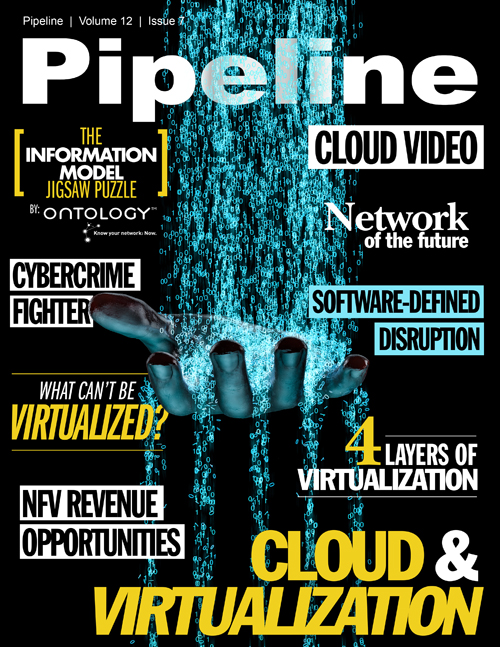These improvements will go a long way toward bringing us the network of the future prior to the arrival of 5G
The Road Ahead
To be certain, the issues raised in this article and the recommendations made are definitely pointing down the road to 5G, but these issues can be addressed with the current technologies already
in place today. Hopefully some of these issues will be addressed on the road to 5G rather than upon arrival.
To summarize these five issues and what can be done about them today:
|
Issue
|
Solution
|
|
Convergence
|
Devices capable of natively using all major network technologies and radio frequencies or global standardization
Make device and equipment manufacturers aware of these coming trends and establish international standards groups
|
|
Interoperability
|
Improvements in hardware and software to better hand-off between mobile and Wi-Fi networks
Engage in research and development into better hardware and software management of the network connections
|
|
Predictable Costs
|
Fixed or tiered pricing or the introduction of smartphone applications for continuous cost monitoring and alerting (taxi meter, anyone?)
|
|
|
Use of GPS and other techniques for determining useful information on precise location to avoid “accidental” international roaming
Research further into customer usage patterns and come up with better and more predictable pricing models
|
|
Quality of Service
|
Wider deployment of transceivers and towers in known trouble areas and replacement of older network technologies with modern 3G and 4G equipment2
|
|
Global Support
|
Solve the convergence problem and provide native speaking support for the majority of the world’s popular spoken languages
|
These improvements will go a long way to bring us the network of the future prior to the arrival of 5G.
[1] South Korea and Japan are notable exceptions that primarily have a CDMA infrastructure
[2] And the coming death of cellular voice, a Pipeline article in the future February Mobile issue



















